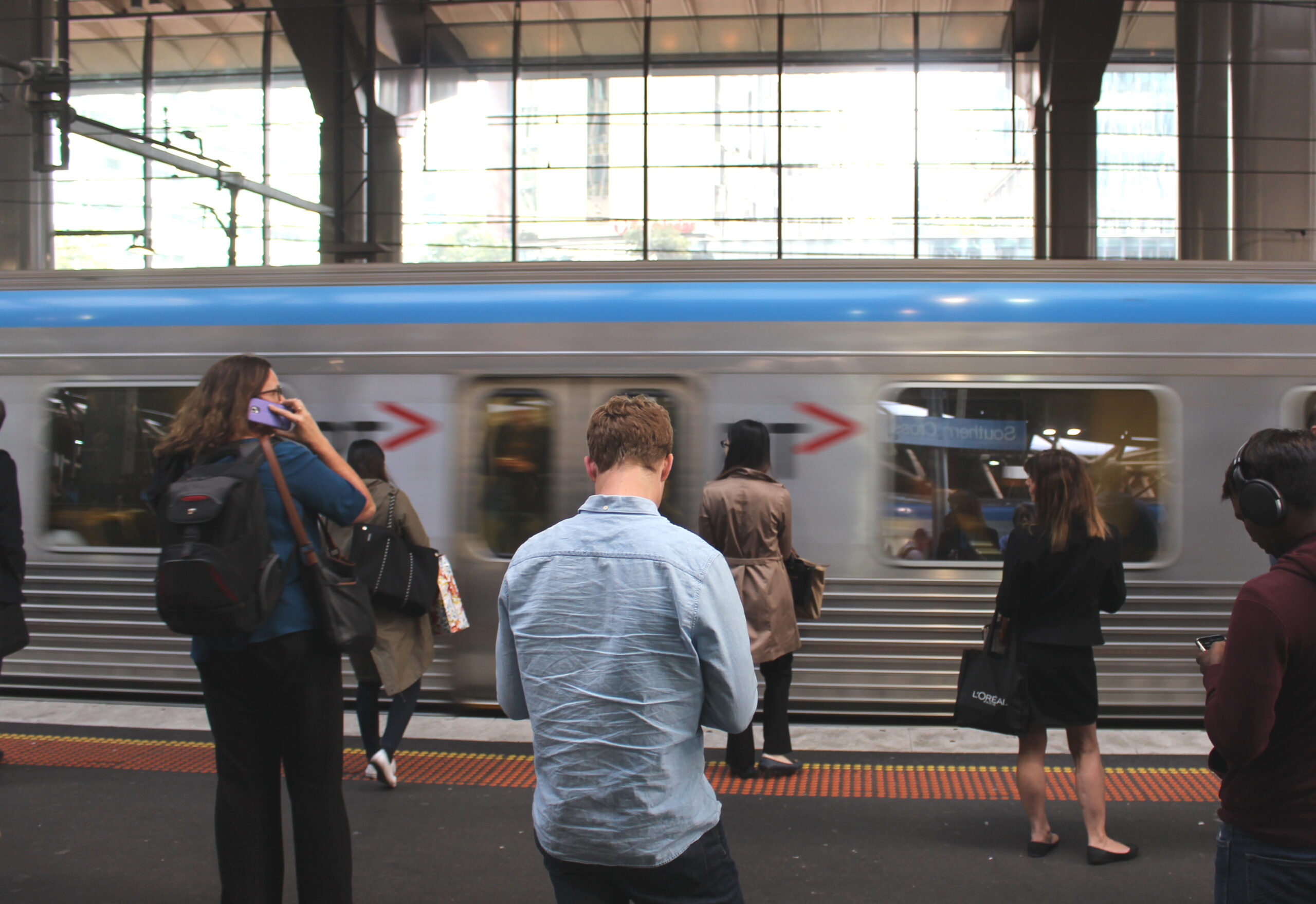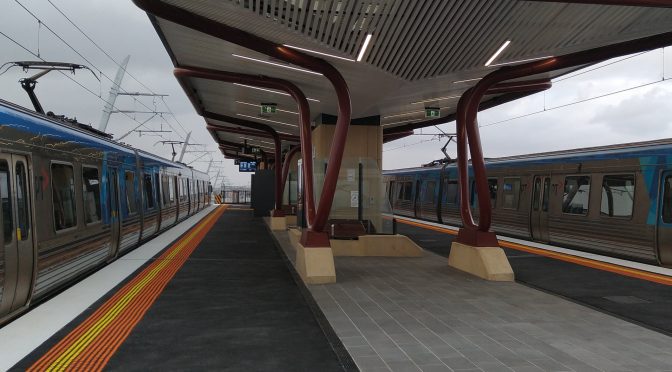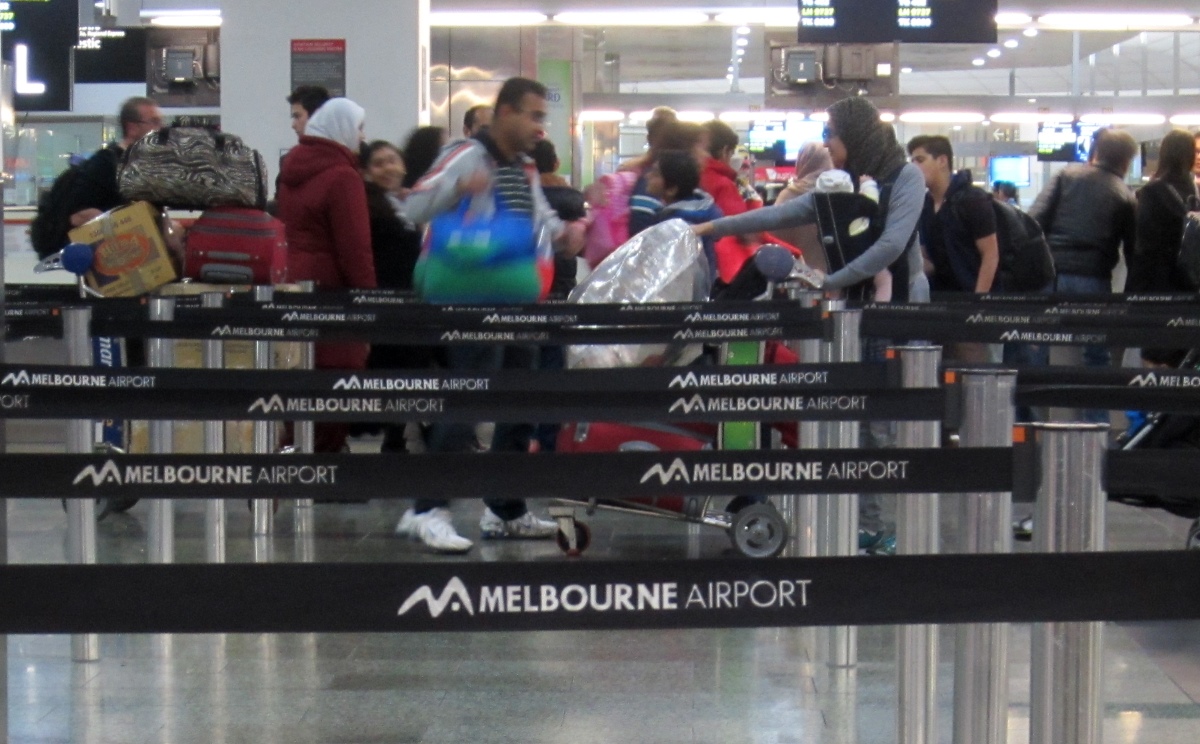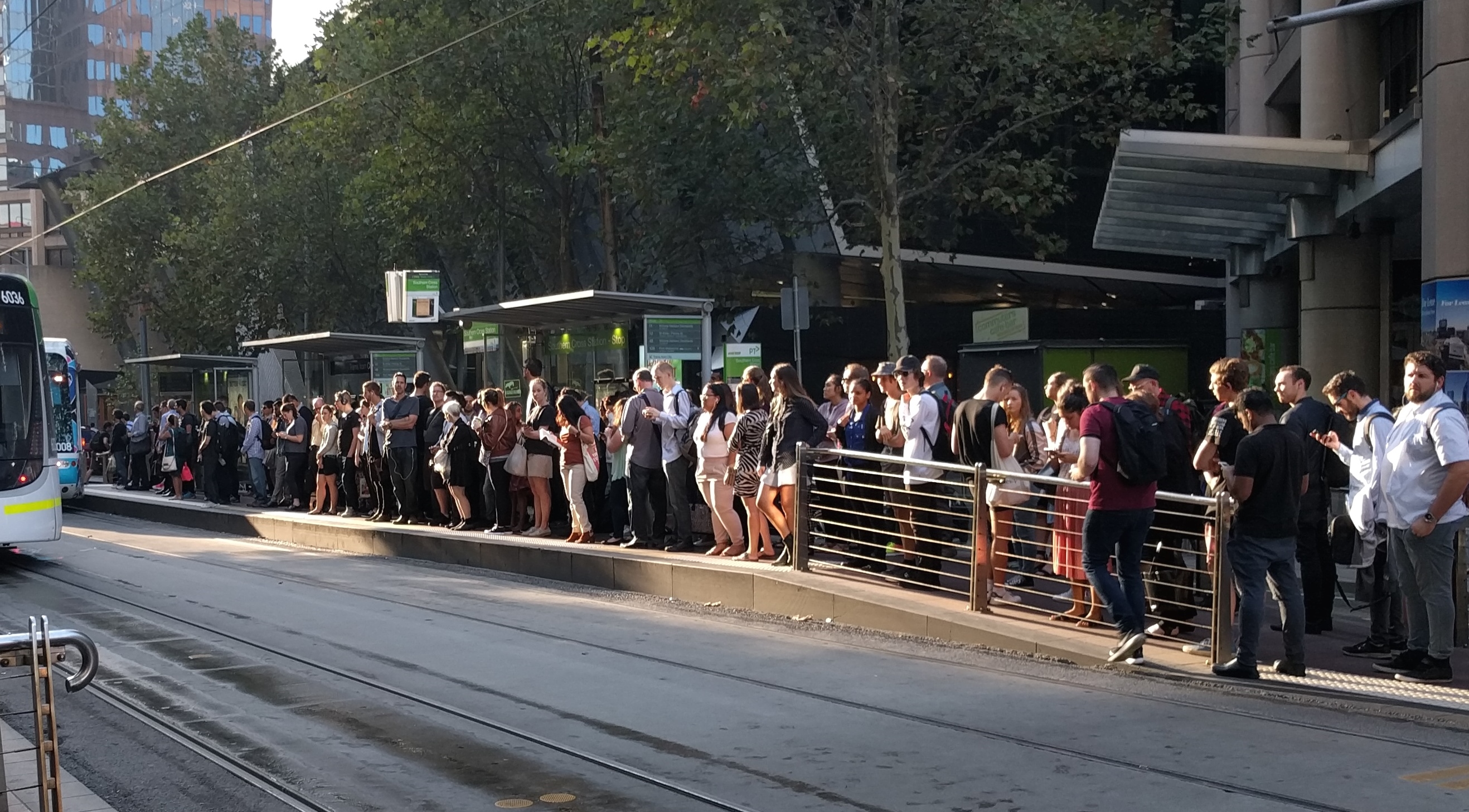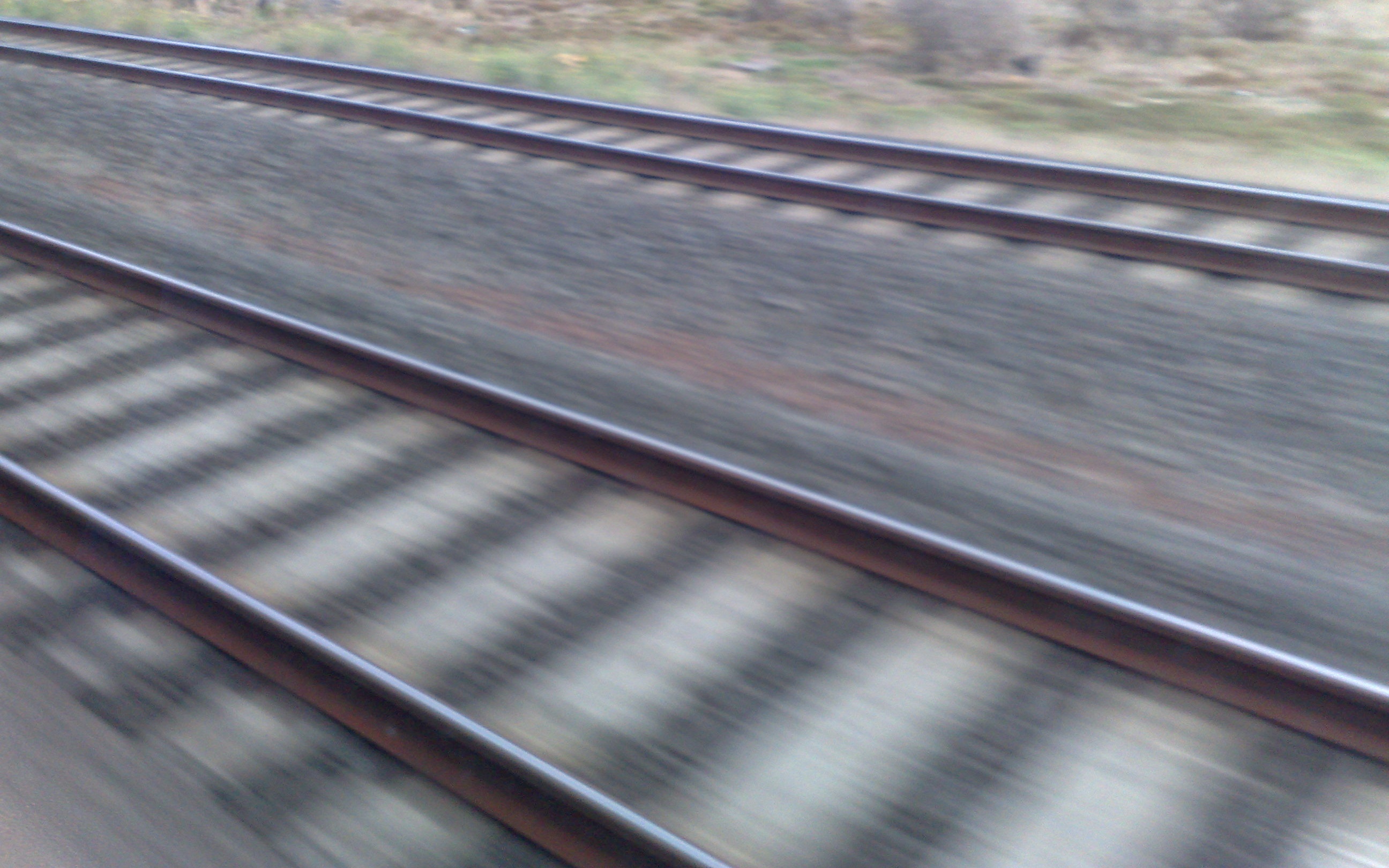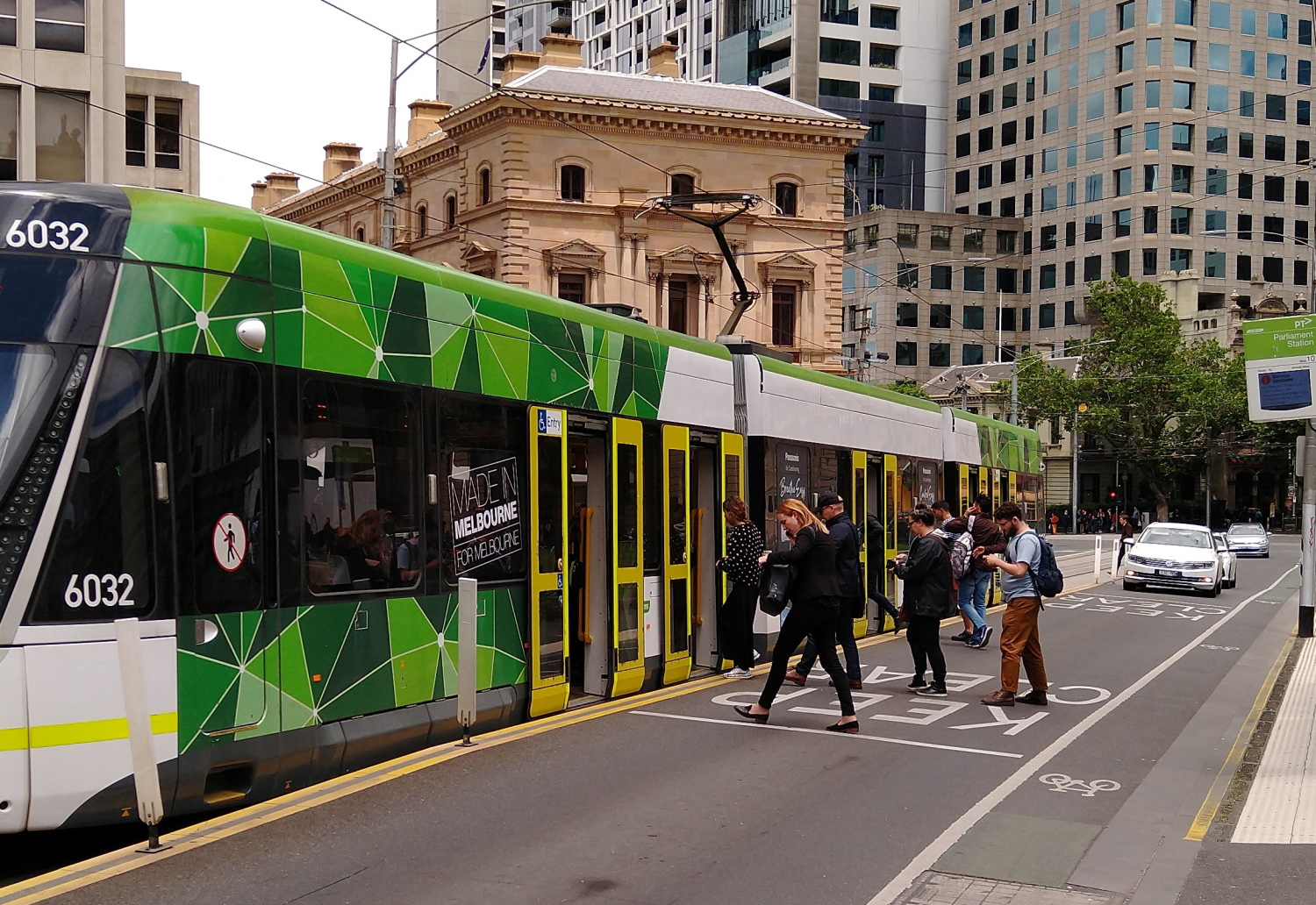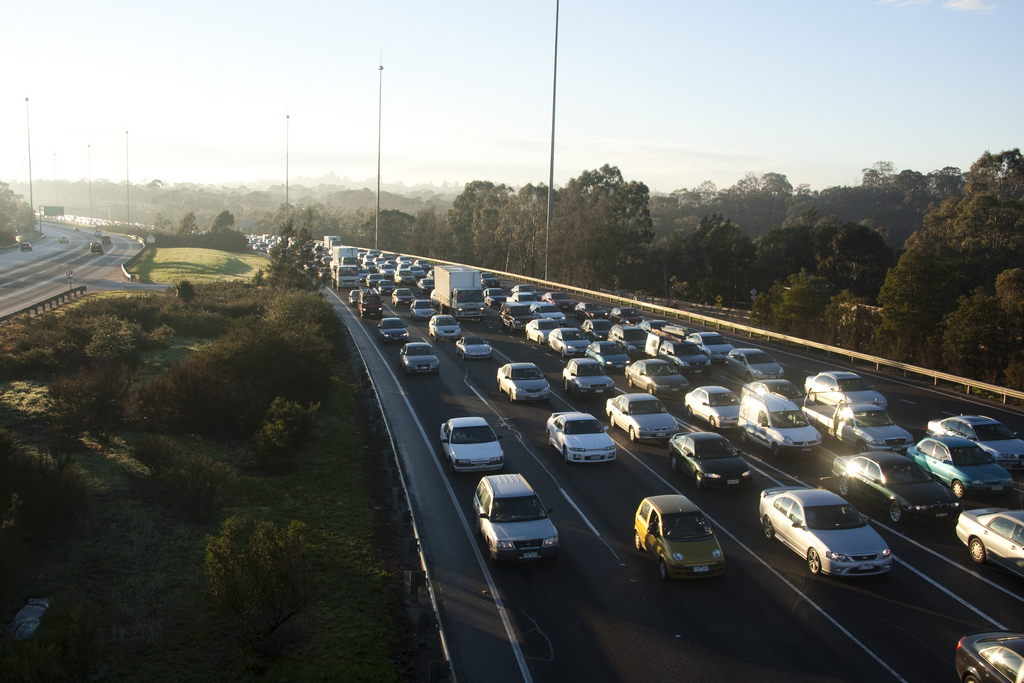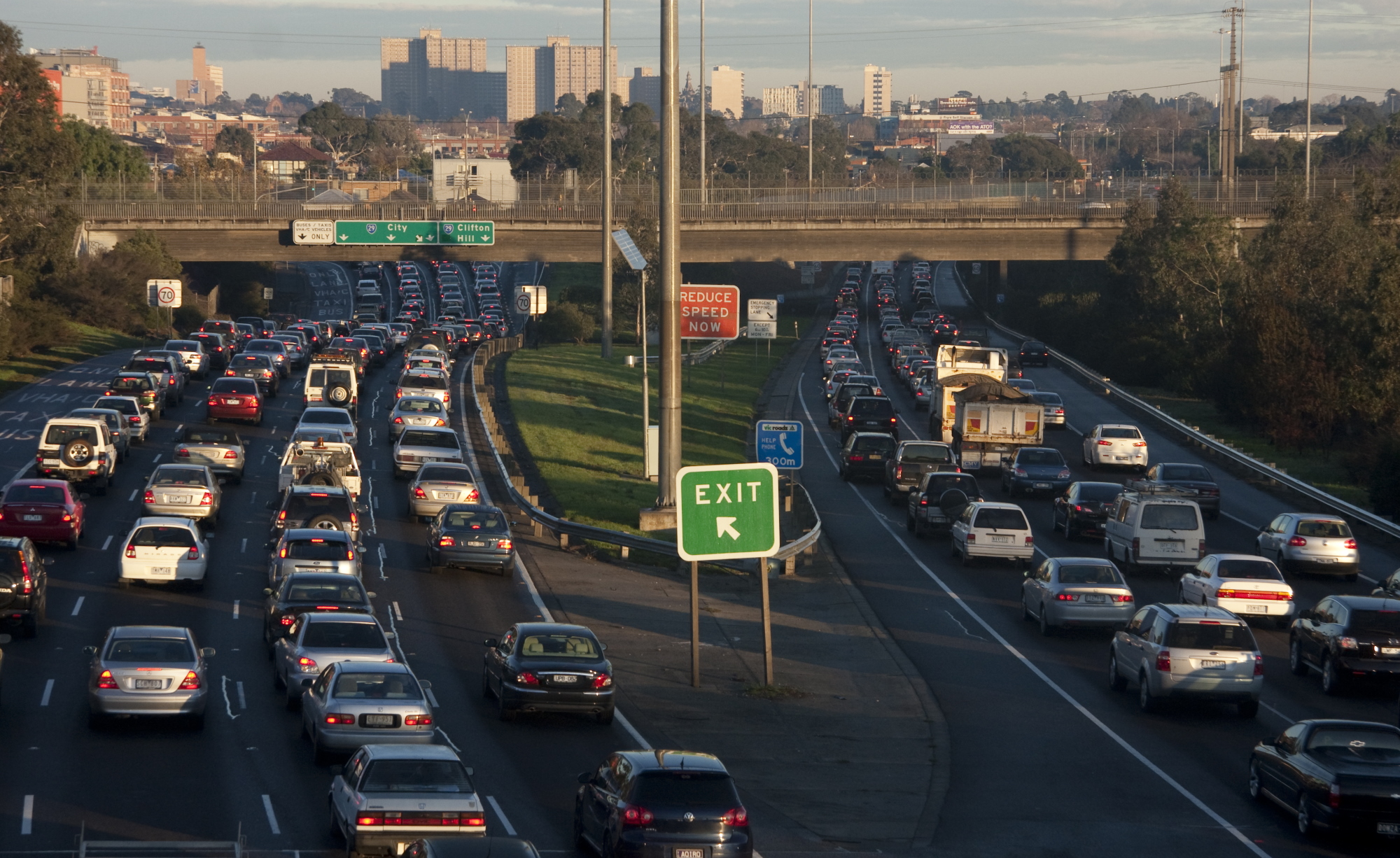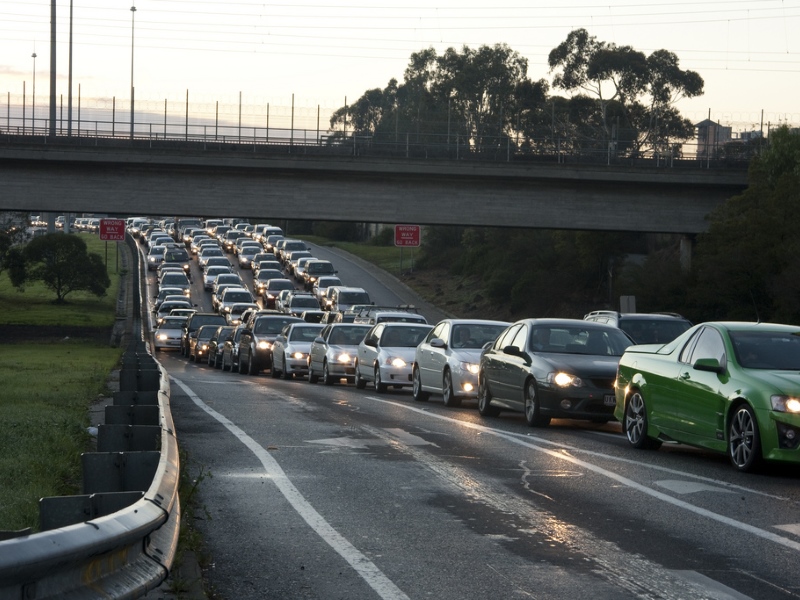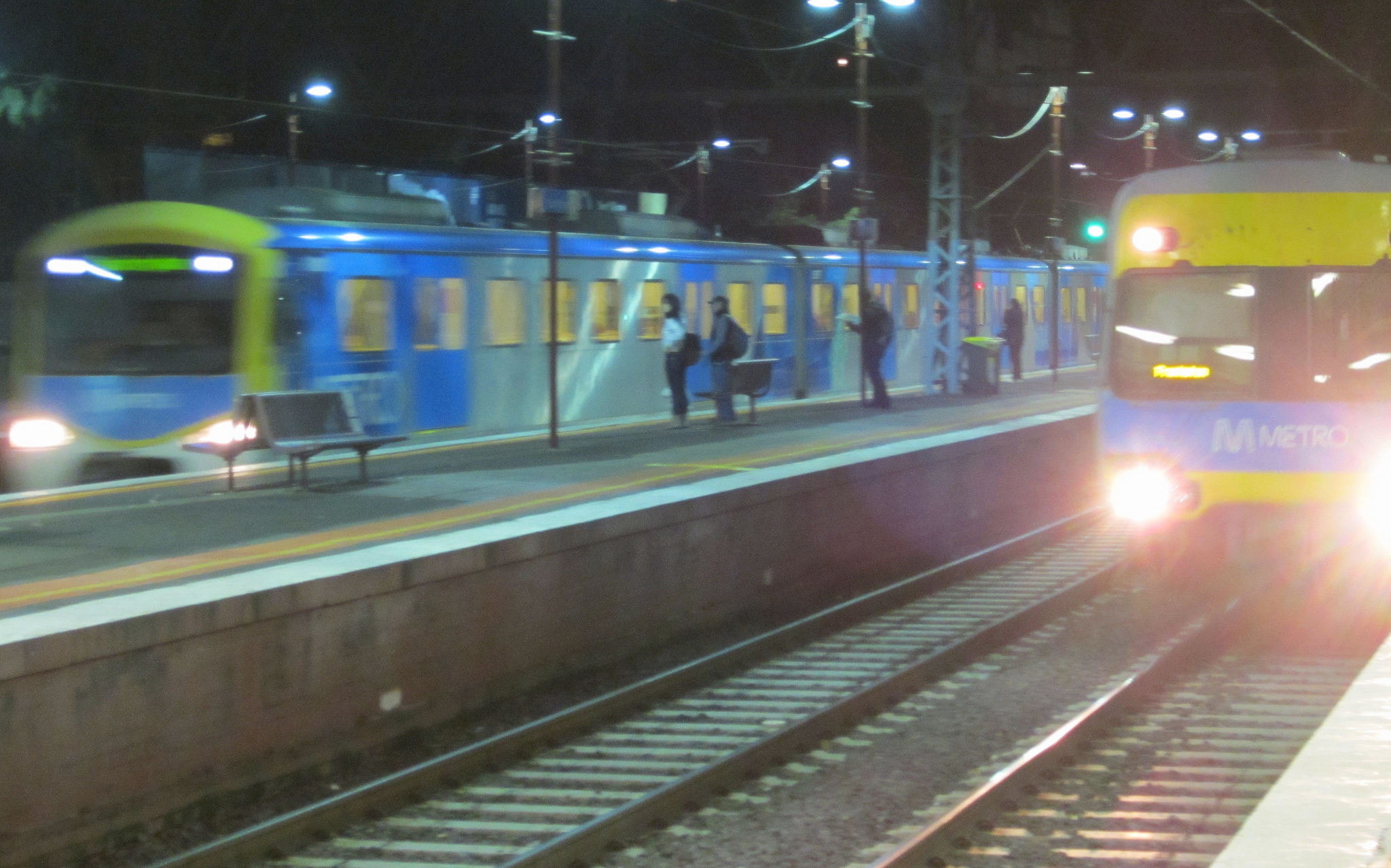Tag: front
-
COVID-19
Please note that due to COVID-19 the PTUA is not running member meetings for the moment. There may also be a delay in processing paper membership forms and other correspondence, as our volunteers may not be attending the office during this period. Members wishing to renew are encouraged to do so online. Commuter Club /…
-
Planning confusion sells Melbourne’s west, air travellers short
Statement by the Public Transport Users Association The Public Transport Users Association is concerned at recent commentary on new rail developments in Melbourne’s west, specifically the promised rail link to Melbourne Airport, and the implied pressure to rush into major decisions in the absence of a comprehensive plan for public transport development. At a high…
-
PTUA opposed to expansion of the Free Tram Zone
PTUA does not support the Free Tram Zone, due to the problems it causes, including crowding, and the lack of benefits it provides to paying public transport users. We also do not support the Zone being extended. Data indicates the Free Tram Zone has increased tram usage at the expense of “active” modes (walking and…
-
PTUA welcomes Overland reprieve, calls for long-term investment
The Public Transport Users Association (PTUA) has welcomed the announcement that the Victorian government will contribute funding to keep the iconic Overland train running for another three months. When the South Australian government withdrew its contribution to subsidising this vital passenger link at the end of 2018, the Victorian government stepped up to fund the…
-
Enough is enough: Time for Tram Cams to stop dangerous motorists
The Public Transport Users Association (PTUA) has called for tram cams, and stronger enforcement of road rules to improve tram passenger safety. Australian road rules state that motorists are required to stop when trams stop, to allow passengers to board and alight safely.[1] “This is a rule often broken, with potentially fatal results”, said PTUA…
-
Melbourne transport still shaped by 50 year old plan – time for a rethink
December 2019 marks the 50th anniversary of the 1969 Melbourne Transportation Plan [1]: a radical exercise that sought to reshape Melbourne at vast expense, from a ‘garden city’ with well-used public transport, to a car-dominated sprawling ‘doughnut city’ based on a Los Angeles-style grid of freeways. PTUA spokesperson Daniel Bowen said that while other transport…
-
PTUA slams North East Link rubber stamp decision
The Public Transport Users Association has added its voice in solidarity with planning professionals, local councils, environment groups, Yarra Valley businesses and residents, deploring the decision by Planning Minister Richard Wynne to rubber-stamp the North East Link Environment Effects Statement. The Minister’s decision overrides the conclusions of the Inquiry and Assessment Committee after half a…
-
Eastern Freeway rail corridor is what merits protection
Protect Hamer legacy of provision for rail in freeway median: PTUA According to the Public Transport Users Association there is only one aspect of the Eastern Freeway that merits heritage protection, and that is the unique design features included by the Hamer Government to ensure a train line could be easily installed in the corridor.…
-
PTUA responds to Deakin Night Network study
Melbourne is a 24 hour city: transport provision should reflect this, but it’s no magic wand A comprehensive all-night public transport network, introduced by the Andrews Government in 2016, plays a vital role in Melbourne’s night-time economy and in helping people find safe and affordable ways home. But people should resist the temptation to judge…
